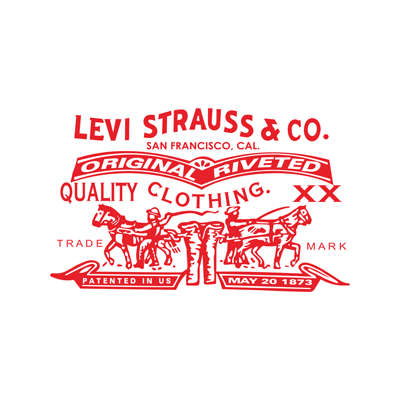Elevating Your Product Business with Renewable Resources
Introduction to Sustainable Materials in Product Manufacturing:
What Do Renewable Resources Mean?
Renewable resources are natural sources that can be replenished over time. Examples are sunlight, wind, water, plants, and heat from the Earth. Unlike things like coal or oil, these resources won't run out, and they're better for the environment. We should use more of them to make energy and help the planet.

Integrating Them into Your Production Process
Businesses can integrate renewable resources into their product processes by adopting certain strategies. These strategies are sustainable practices and utilizing eco-friendly materials and energy sources. This involves:
Energy Transition: Shift to renewable energy sources such as solar or wind power. This could be for manufacturing processes to reduce reliance on non-renewable energy.
Material Selection: Choose sustainable and recyclable materials in product design and packaging. This is to minimize environmental impact.
Supply Chain Optimization: Work with suppliers committed to eco-friendly practices. This would ensure that the entire production chain aligns with sustainability goals.
Waste Reduction: Put in place strategies to minimize waste generation during production and promote recycling or reuse of materials.
Carbon Offsetting: Compensate for unavoidable emissions by investing in projects. These projects are usually those that reduce or capture an equal amount of greenhouse gases.
Product Lifecycle Consideration: Design products with a focus on durability, repairability, and recyclability. This is to extend their lifespan and reduce overall environmental impact.
Consumer Education: Inform consumers about the eco-friendly aspects of products. This would encourage environmentally responsible choices.
By incorporating these measures, businesses would contribute to sustainable development, reduce their ecological footprint, and would also appeal to environmentally conscious consumers.

Designing for Sustainability:
How Can Product Design Play a Crucial Role in Reducing Environmental Impact?
Product design plays a pivotal role in reducing environmental impact by influencing various aspects of a product's lifecycle, from raw material extraction to disposal. Here are the most important variables:
Material Selection: Opting for sustainable materials. Some examples include recycled or biodegradable options. This reduces resource depletion and minimizes environmental impact.
Durability and Longevity: Designing products for durability and a longer lifespan helps decrease waste generation and fosters a culture of repair and reuse. Thus reducing the need for frequent replacements.
Packaging: Sustainable packaging design, including minimal packaging, use of recycled materials, and easily recyclable or biodegradable are some available options. They contribute significantly to minimizing overall waste.
Successful Case Studies:
1. Patagonia:
- Transition to Renewable Resources: Patagonia committed to sourcing all its cotton from organic farms by 2015. They also invested significantly in solar and wind power for energy needs.
- Positive Impact: Greenhouse gas emissions reduced by 40% since 2000.
- Brand Image: Patagonia's commitment to sustainability strengthened its brand image. This attracted environmentally conscious customers.

2. Starbucks:
- Transition to Renewable Resources: Starbucks pledged to source all its coffee from ethically certified farms by 2020 and invested in solar and wind power.
- Positive Impact: Improved sustainability practices in coffee sourcing and energy usage.
- Brand Image: Starbucks' sustainability commitment enhanced its brand image. This appealed to environmentally conscious consumers.

- Transition to Renewable Resources: Levi Strauss & Co. aimed to reduce greenhouse gas emissions by 25% by 2025. They also invested in water conservation and waste reduction.
- Positive Impact: Focus on sustainability in manufacturing processes.
- Brand Image: Commitment to sustainability strengthened Levi's brand image, attracting environmentally conscious customers.

Contact us
AirX is the world’s first carbon-negative bio-material made from coffee grounds manufacturer.
We specialize in producing bio-based composites using recycled carbohydrates derived from by-products such as coffee grounds, coconut husk, husk, and bamboo. Our goal is to promote sustainability through the use of eco-friendly materials.
We are always here to help and provide the best service possible. If you have any questions or would like to receive advice and feedback directly from our sales staff, please do not hesitate to contact us. You can reach us through:
Whatsapp: +84 969 742 950
Email: [email protected]
We look forward to hearing from you!

